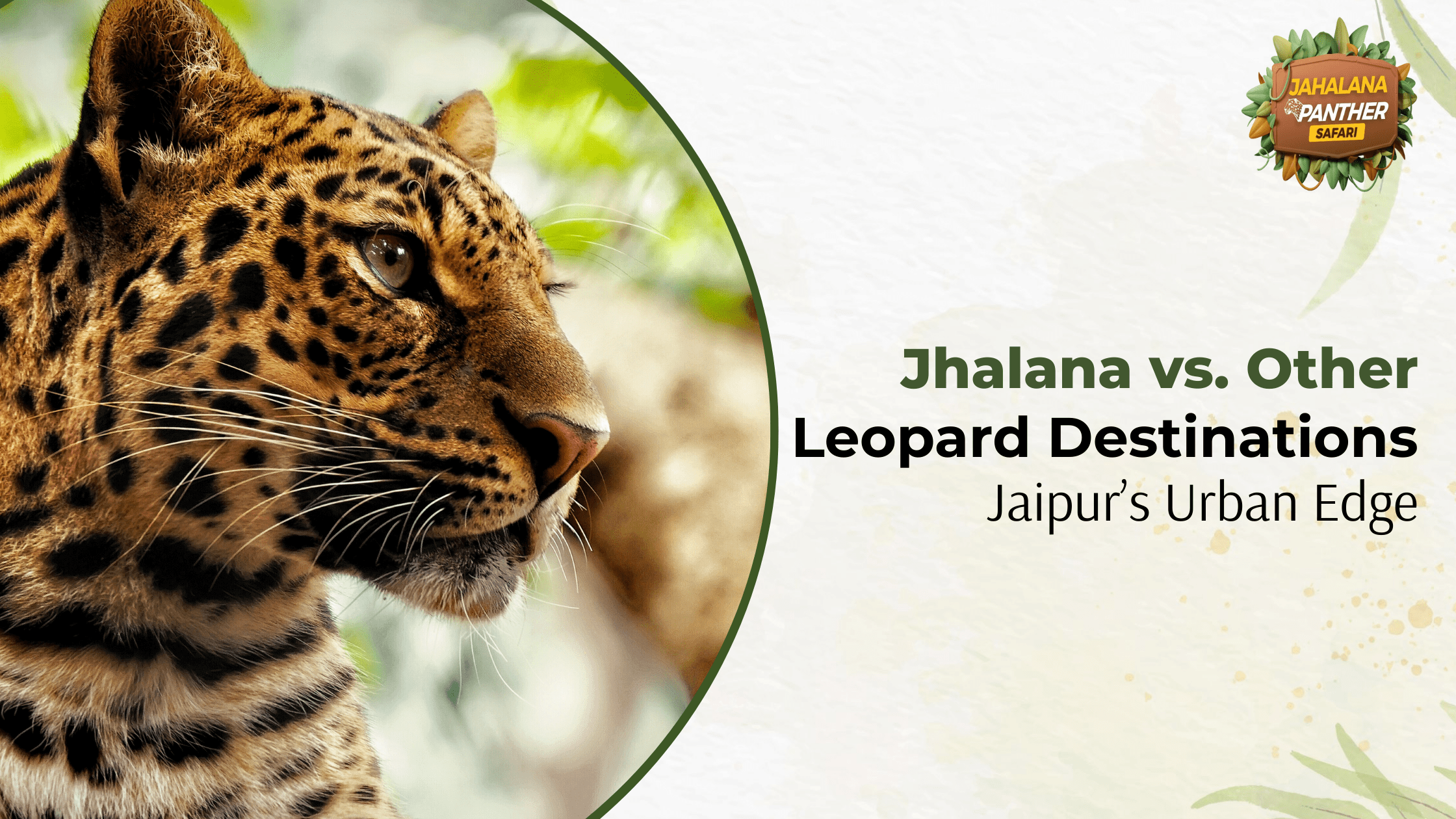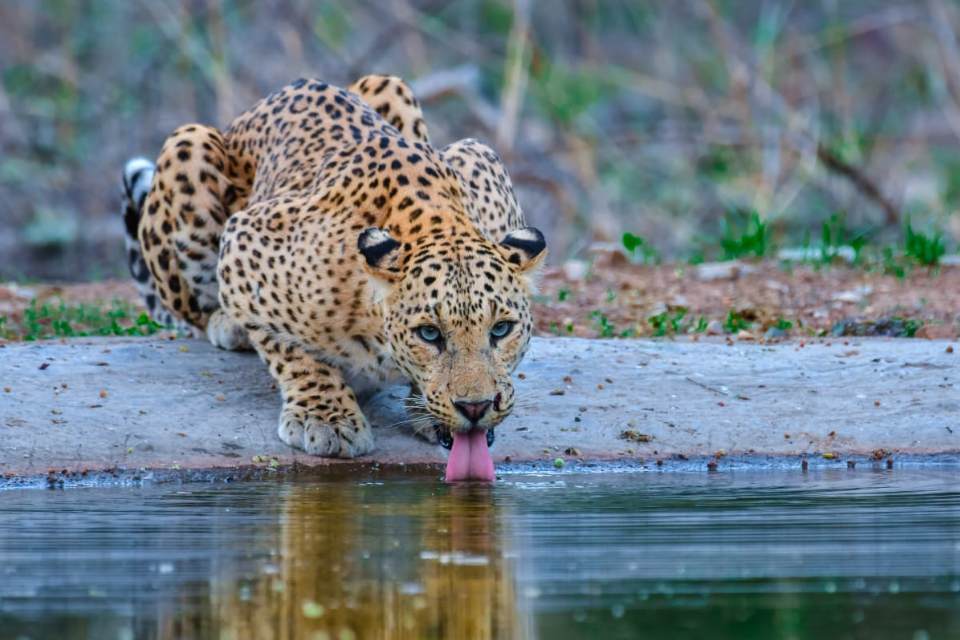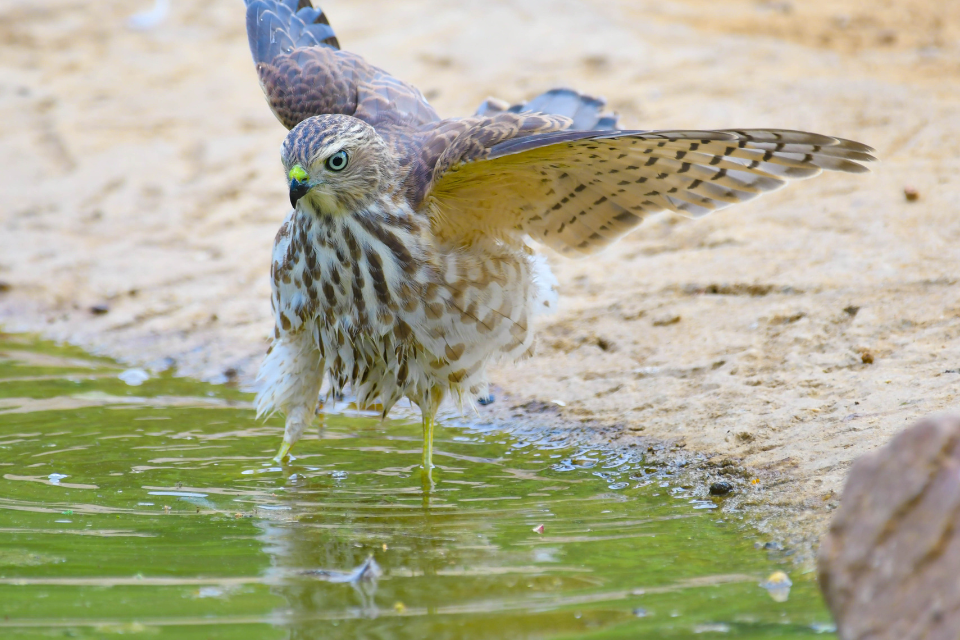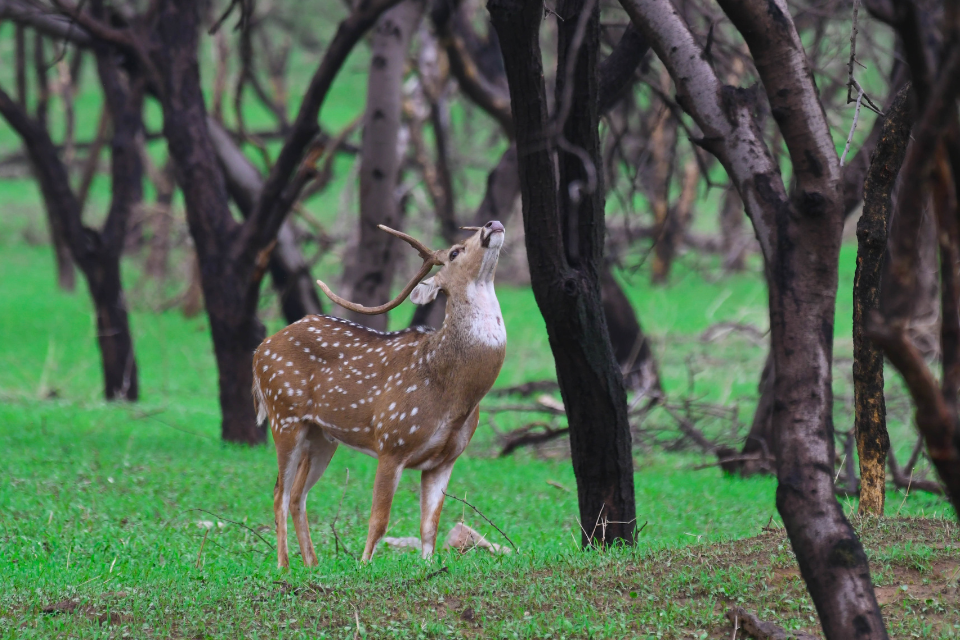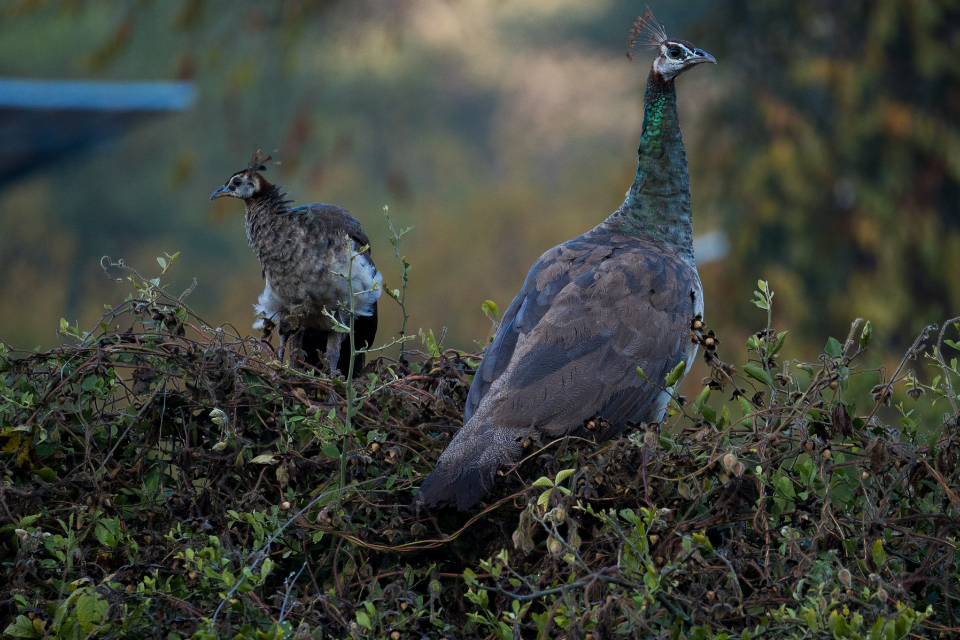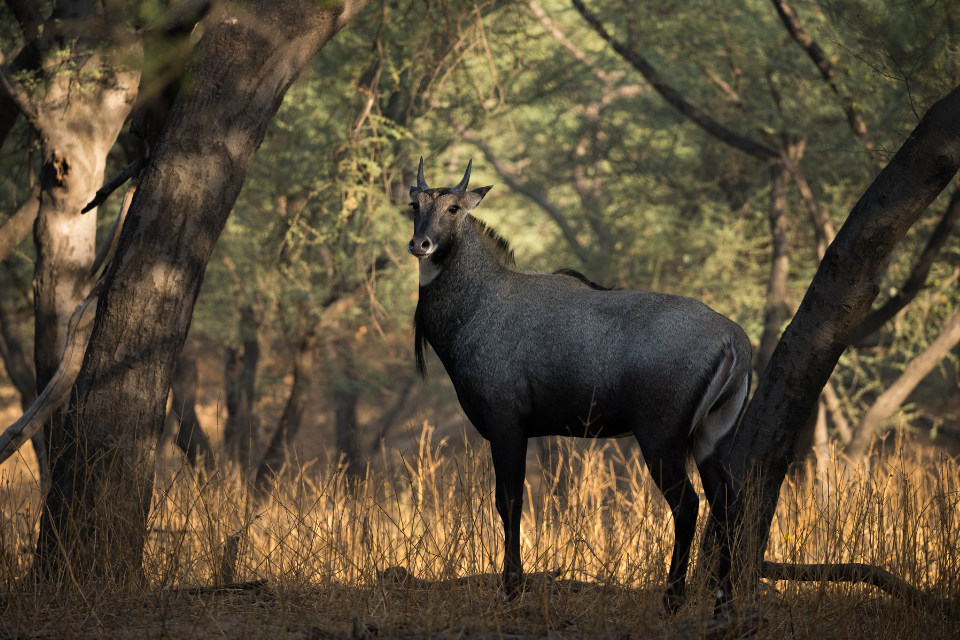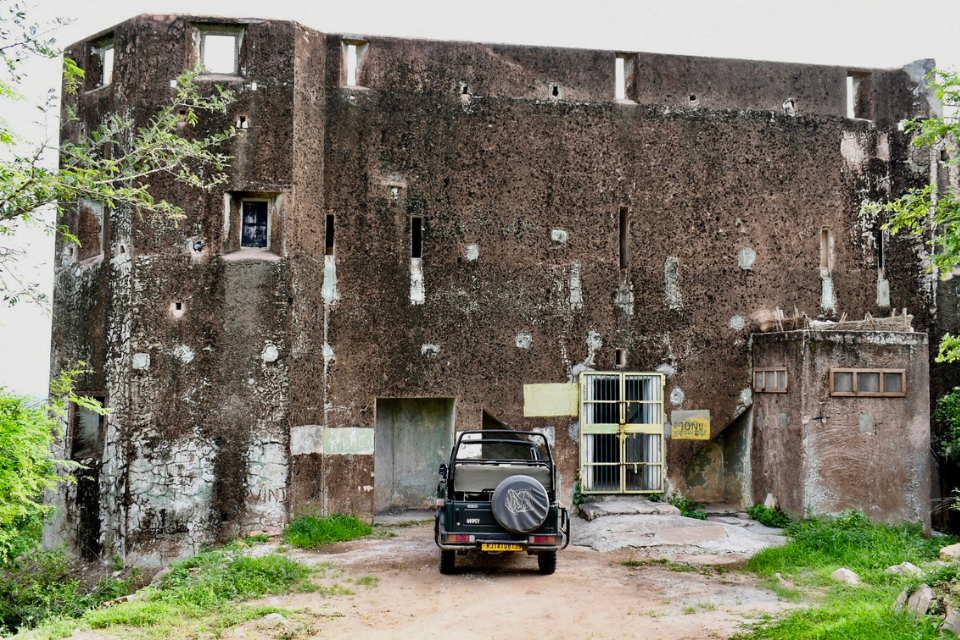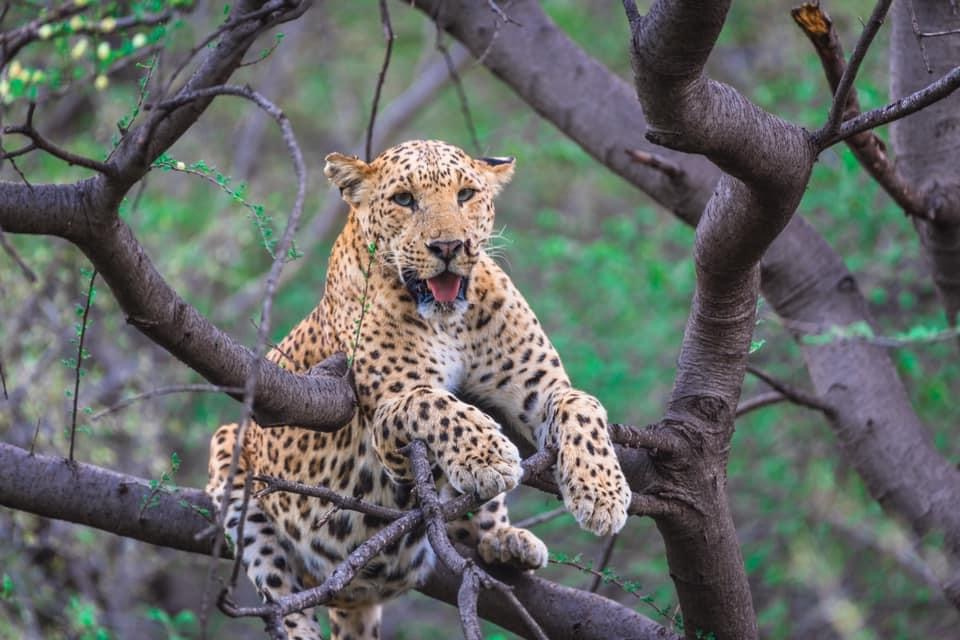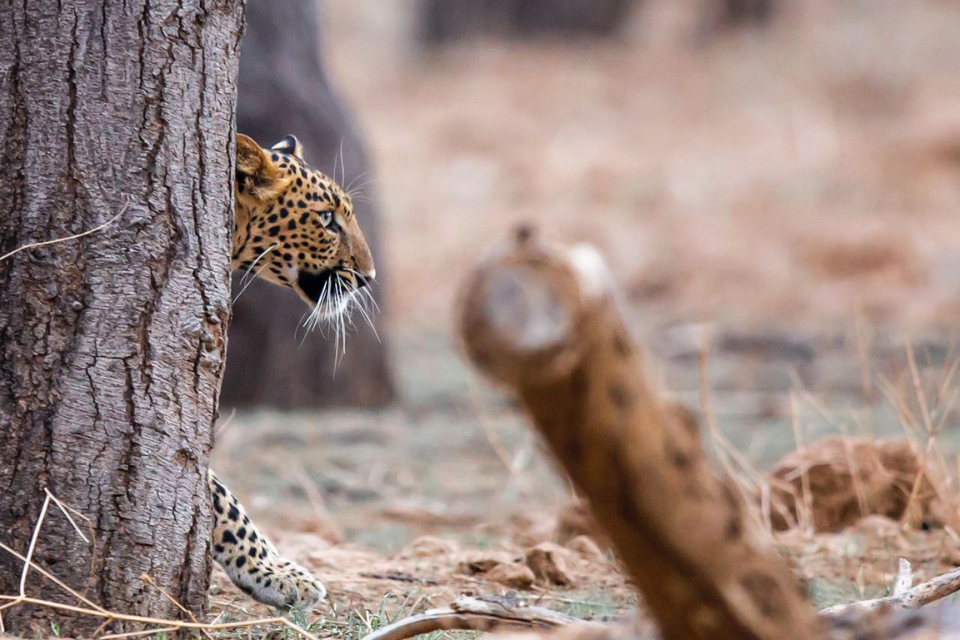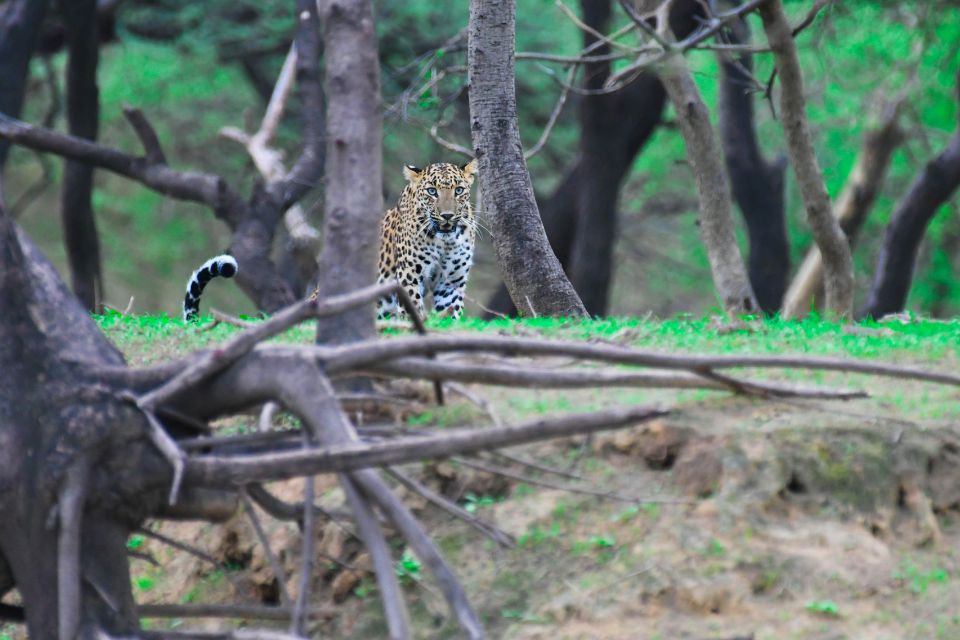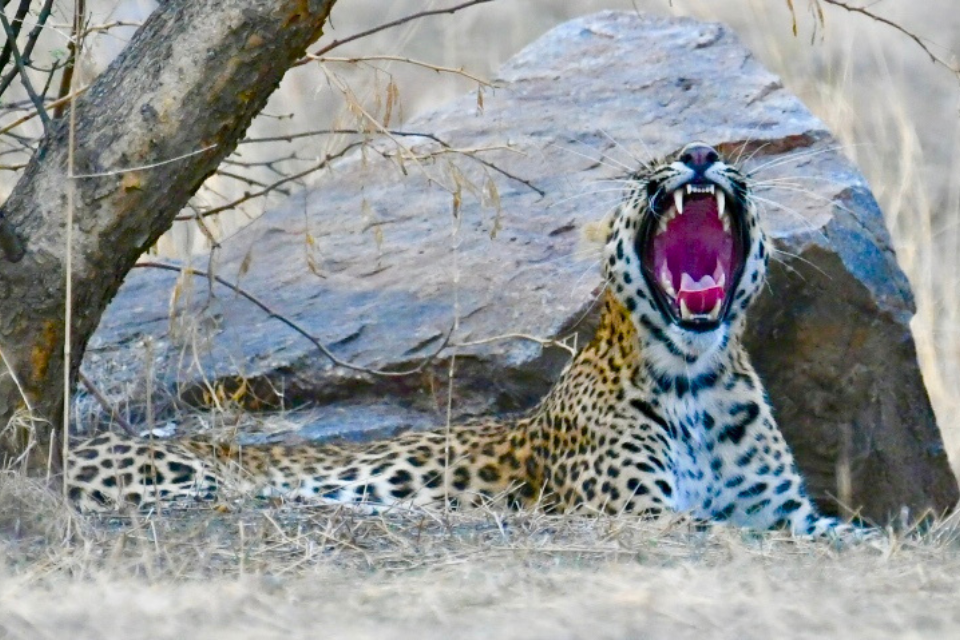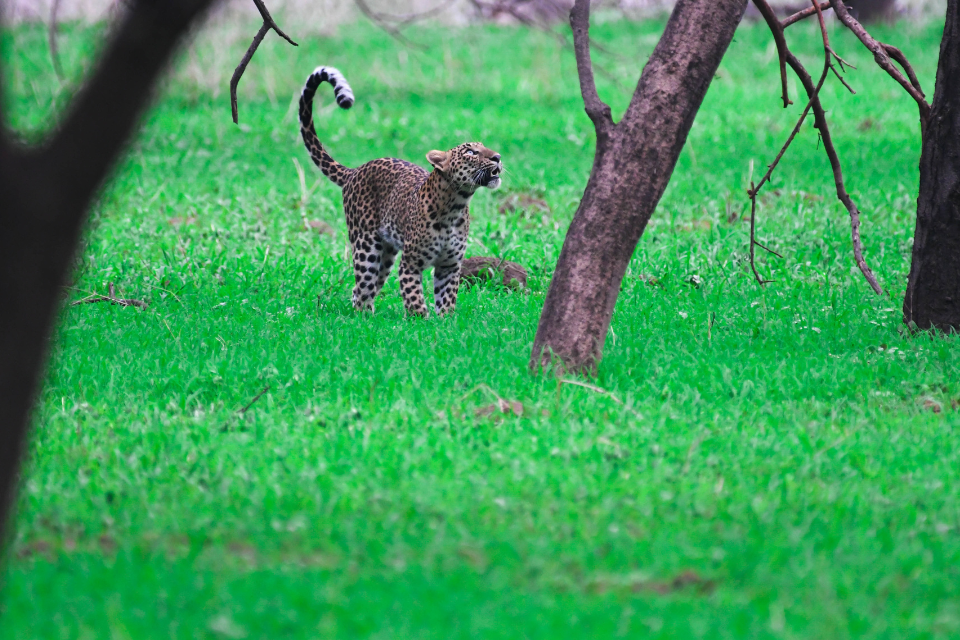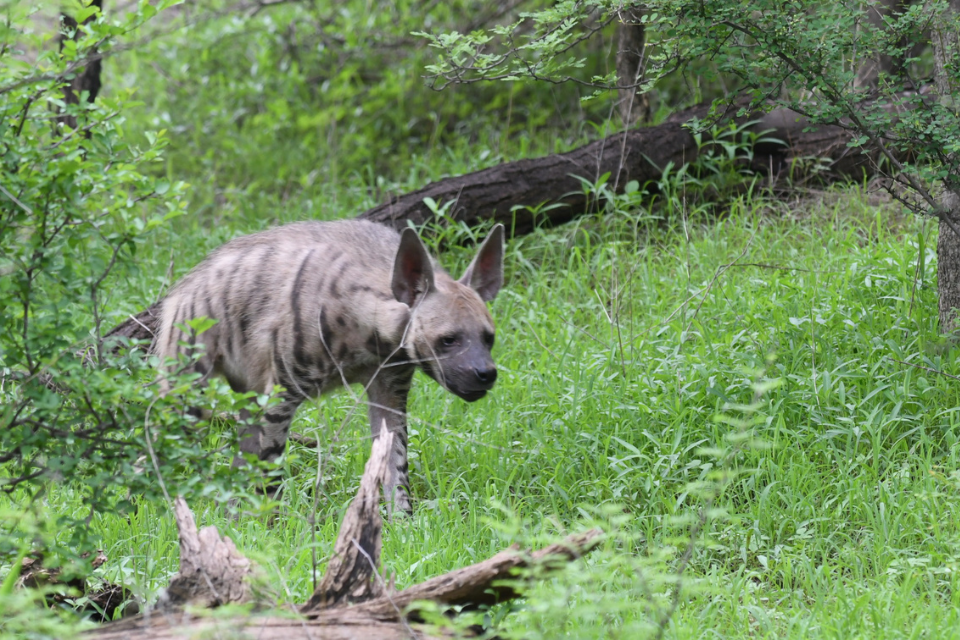- September 15, 2025
Jhalana vs. Other Leopard Destinations: Jaipur’s Urban Edge
The Big Idea (TL;DR)
If you want a leopard-focused safari that’s easily slotted into a Jaipur trip, Jhalana Leopard Reserve is hard to beat. It sits inside the city limits, offers year-round drives, and has become a model for urban-wildlife viewing done responsibly. Compare that with Jawai/Bera—a raw granite landscape where leopards share space with Rabari herders—and Mumbai’s SGNP (Sanjay Gandhi National Park)—an even larger, complex urban interface studied globally for human–leopard coexistence. Each destination is incredible, but their habitats, logistics, and ethics differ in ways that will shape your experience. Jhalana’s edge? Access, time-efficiency, and a city-break vibe without compromising the thrill of big-cat tracking.
What Makes Jhalana, Jaipur, Special?
- Urban location, wild encounters: Jhalana is a leopard reserve carved out of Jaipur’s eastern green belt, officially notified in 2017. It’s roughly 20–23 km² (sources vary slightly) and is often described as India’s first dedicated leopard reserve. The upshot for travelers: you can fly into Jaipur in the morning and be on an afternoon drive the same day.
- Leopard-first story: Tigers no longer live here, which means leopards are the apex predator—a useful detail for sightings and behavior. Operators and media often cite ~30–40 leopards, though numbers fluctuate with seasons and movement. Treat any figure as indicative, not a guarantee of sighting.
- Growing “leopard city” brand: Jaipur has added Amagarh and announced a third leopard safari at Maila Bagh (Nahargarh landscape), underlining the city’s positioning as India’s urban leopard capital.
Why it matters for you: Jhalana packs high-quality leopard time into a short schedule—perfect for weekenders, families, or conference travelers craving wilderness without long transfers.
The Comparators: Jawai/Bera and Mumbai’s SGNP
Jawai/Bera (Rajasthan)
- Landscape: Spectacular granite outcrops and cave-riddled hills around Jawai dam; an open, cinematic terrain that often yields daytime leopard views on rocks.
- Coexistence: The Rabari pastoral community has lived with leopards for generations, a unique cultural compact that keeps conflict surprisingly low.
- Experience: Private-vehicle drives on village tracks and hill bases, typically from boutique camps. It feels less like a national-park circuit and more like slow travel with wildlife baked into daily life.
SGNP, Mumbai (Sanjay Gandhi National Park)
- Landscape: Dense tropical forest ringed by a megacity; one of the world’s most intensively studied urban leopard populations.
Science & safety: Research shows structured management and community engagement can lower conflict while leopards persist in an urban matrix—less a tourist safari, more a coexistence case study.
Snapshot: Jhalana vs. Jawai vs. SGNP
Factor | Jhalana (Jaipur) | Jawai/Bera (Rajasthan) | SGNP (Mumbai) |
Setting | Urban conservation reserve, ~20–23 km² | Granite hills, dam, villages | 104 km² protected forest within metro |
Vibe | Structured jeep safaris, city-convenient | Rustic, community landscape, lodge-led | Research-heavy, urban coexistence model |
Sightings | Good odds; leopards apex predator | Often high visibility on rocks | Variable; not a classic “safari” |
Logistics | Fly/train to Jaipur, 20–40 min to gate | 2.5–4.5 hrs by road from Udaipur/Jodhpur | Metro access; limited tourist drives |
Best for | Short trips, family weekends, photo basics | Photography, slow travel, culture | Understanding coexistence science |
When to go | Year-round; pleasant Nov–Apr | Year-round; cooler Oct–Mar | Year-round; monsoon lush |
Uniqueness | Urban leopard reserve since 2017 | Rabari–leopard coexistence | Global urban big-cat study area |
Notes: Numbers and access can change; always verify current regulations and seasons with local authorities or your operator.
Planning Jhalana the Smart Way
1) Season & timings
- Drives operate morning and afternoon with timings shifting to match sunrise/sunset. Nov–Apr offers balmy weather; Mar–May can bring concentrated sightings near water and shade. Jhalana is open most of the year (subject to advisories).
2) Zones & the Jaipur “cluster”
- Jhalana is the flagship, with Amagarh now active and Maila Bagh announced—collectively giving Jaipur multiple leopard-viewing circuits. This adds flexibility if one area has closures or limited slots.
3) How many drives?
- For first-timers, 2–3 drives (over 1–1.5 days) balance odds and energy. Keen photographers can add a third or fourth to work different light.
4) What to expect on the drive
- Mix of scrub, undulating hills, and ravines, with drivable tracks and designated halts. Keep voices low; your guide will read alarm calls (peafowl, langur) and pugmarks to anticipate movement.
5) Safety & city interface
Jhalana’s proximity to neighborhoods means the urban–wild edge is real. Forest teams periodically handle dispersing subadults, including rescues from industrial pockets during monsoons—part of life at an urban reserve.
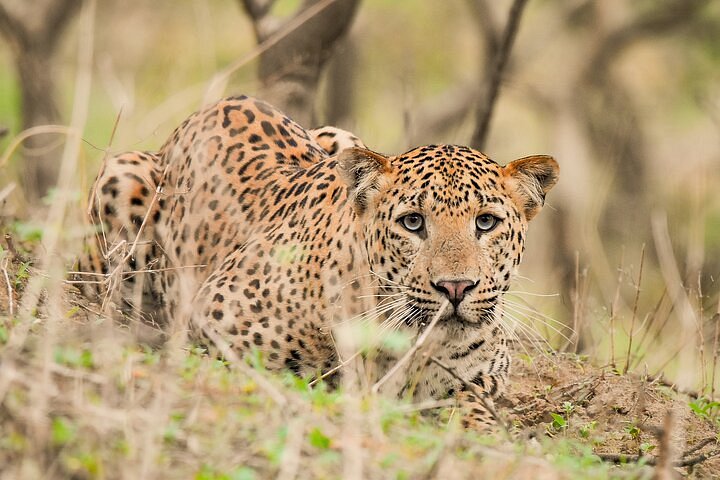
When Jhalana Wins—and When It Doesn’t
Choose Jhalana if you want:
- Time efficiency: Minimal transit; fly in, safari, fly out.
- Predictable logistics: Fixed slots, registered vehicles, seasoned guides.
- Family-friendly city comforts: cafés, hotels, and heritage add-ons.
Choose Jawai/Bera if you want:
- Landscapes with epic drama: Granite domes catching first light; leopards on temple crags.
- Culture-in-nature: Learn how Rabari herders navigate a shared landscape.
- Longer, lazier safaris: Flexible hours, more private feel.
Look to SGNP if you want:
- Coexistence insights over classic safari thrills; photography possible but not guaranteed like park circuits.
Ethics & Responsible Watching (Everywhere)
- No baiting. No crowding. Give leopards space and silence—especially at dens or with cubs.
- Stay on authorized tracks; in Jawai, respect private land and temple protocols.
- Low-light etiquette: No flash on cats at dawn/dusk; no drones in or near protected areas.
- Support the host community: In Jawai, consider Rabari homestays/crafts; in Jaipur, tip your guide/driver fairly and support citizen-science or welfare initiatives where legitimate.
Photographer’s Quick Kit
- Lenses: 300–600mm for portraits; 70–200mm for habitat frames on ridges; a wide (24–35mm) for city-overlooks near Jaipur.
- Settings: Start at 1/1000s for moving cats; Auto-ISO capped; exposure comp for bright scrub.
- Light strategy: Morning for movement; late afternoon for leopard-on-rock drama (Jawai) or rim-lit trails (Jhalana).
Composition tip: In Jhalana, include Jaipur’s textures (acacias, ravines) for context; in Jawai, work scale—cat vs. monolith.
How to Book (and Why With Us)
We run small-group, welfare-first leopard experiences with vetted naturalists—focusing on quiet tracking, ethical viewing, and interpretation that connects ecology with culture. We also coordinate backup slots across Jaipur’s circuits (Jhalana/Amagarh and updates like Maila Bagh) to maximize your chances if conditions shift.
Book on our website for transparent pricing, verified guides, and flexible rescheduling. We’ll help you choose the right zone, season, and lens plan for your goals (family, photo, or research-lite).
FAQs
1) Is Jhalana really inside Jaipur city?
Yes—Jhalana sits on Jaipur’s urban edge, making it one of India’s most accessible big-cat experiences with structured safaris near an airported city. It was designated a leopard reserve in 2017.
2) How big is Jhalana, and how many leopards live there?
The reserve is about 20–23 km². Media and operator sources commonly cite ~30–40 leopards, but numbers vary; think of them as context, not a sighting guarantee.
3) What makes Jawai/Bera different from Jhalana?
Jawai pairs leopards with granite hills and Rabari culture—a community landscape rather than a pure forest reserve. The look and feel (and often the daytime visibility) are very different from Jhalana.
4) Is SGNP in Mumbai a leopard “safari” like Jhalana?
Not exactly. SGNP is a research-famous urban wilderness where leopards live alongside dense human settlements; tourist leopard drives aren’t the primary offering.
5) What’s the best time to visit Jhalana?
Safaris run most of the year. Nov–Apr is pleasant; Mar–May can be productive for sightings as temperatures rise. Always check current slot times with your operator.
6) How many drives should I plan at Jhalana?
Two to three drives spread across morning/afternoon usually balance odds and energy. Photographers often add a third or fourth.
7) Are there other leopard circuits in Jaipur besides Jhalana?
Yes—Amagarh is running, and the forest department has announced Maila Bagh (Nahargarh landscape), expanding Jaipur’s leopard-watching portfolio.
8) Is Jhalana safe for families and first-timers?
Yes—registered vehicles, trained guides, and a city-adjacent location make it beginner-friendly. Follow all instructions; keep children seated and quiet.
9) What about leopard–human incidents near Jhalana?
Urban-edge dispersal happens. Forest teams handle rescues (e.g., a cub straying into an industrial area during monsoon), underscoring the dynamic city–wild interface. Tourists see managed safari routes, not these operations.
10) Can I combine Jhalana with heritage sightseeing?
Absolutely. That’s a signature Jaipur combo—Amber Fort, Old City markets, and an early-morning or late-afternoon leopard drive.
Useful Planning Details (At a Glance)
- Gate & access: Multiple entry points managed by the forest department; arrivals typically 20–40 minutes from central Jaipur. Check your booking voucher for gate and reporting time.
- Vehicles: Open jeeps with limited seats; stick to official routes and bear in mind silence equals sightings.
- Tickets: Book recognized slots; Jaipur’s growing circuits mean more options when one zone sells out.
- What to pack: Neutral layers, hat, SPF, a buff (dust), binoculars, and a soft bag for cameras.
- Photography etiquette: No flash at crepuscular times; never pressure a cat by blocking its path.
Disclaimer
Wildlife numbers, zone access, and safari rules change quickly due to conservation needs, weather, and policy. Jaipur continues to expand leopard circuits (e.g., Maila Bagh), and urban-edge reserves can experience rescue operations after heavy rains. Always reconfirm timings, zones, and current advisories with your operator or the forest department before you travel.
Disclaimer All images used in this blog are either sourced from public domain or credited to their respective owners. If you are the copyright holder of any image and wish to request its removal or proper attribution, please contact us at [email protected]
